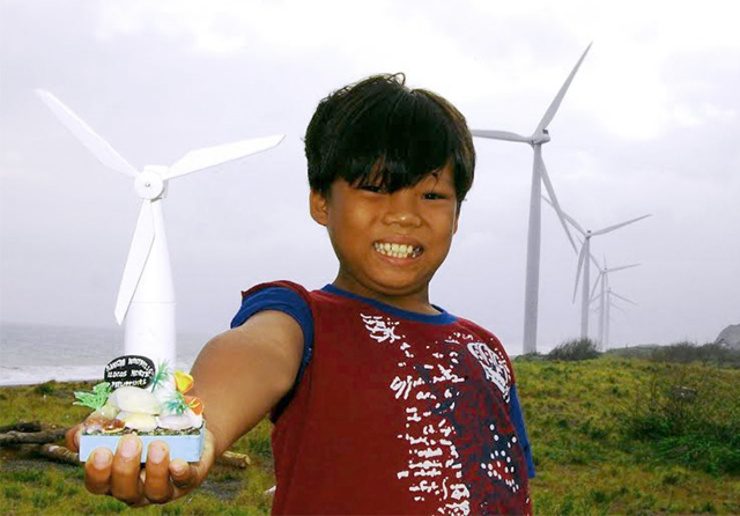SUMMARY
This is AI generated summarization, which may have errors. For context, always refer to the full article.

MANILA, Philippines – The Department of Energy (DOE) should seize the opportunity to generate an Intended Nationally Determined Contributions (INDC) by increasing the share of renewable energy (RE) in the country’s power mix, said the World Wide Fund for Nature (WWF-Philippines).
World leaders gathered in Lima on December 2014 for the 20th Conference of Parties (COP 20), and agreed on a format for national pledges on curbing Earth-warming greenhouse gas emissions to be introduced in 2015.
The 2015 United Nations Climate Conference is slated from November 30 of last year to December 11 this year. Among the expected outcomes are country-wide climate change mitigation and adaptation commitments or otherwise INDCs.
According to Philippine Climate Change Commission Vice-Chair Lucille Sering, the country is committed to submit an INDC by June – the first pledge by a developing country.
About 70% of Philippine electricity is currently generated from fossil fuels with 90% of coal and oil resources imported at varying prices from other nations. The DOE recently supported an increase in the installation targets for solar energy under the Feed-in Tariff (FiT) regime.
With the increase in solar, according to WWF, an additional increase in wind energy installation targets is a firm, next step that the DOE can commit to.
Clean and renewable sources of energy such as geothermal, hydro, wind, and solar energy are among the Philippines’ few competitive advantages, especially since the country has no significant deposits of fossil-fuels.
Renewable energy over fossil fuels
With fossil-fuel prices continually rising due to dwindling supplies and soaring demand, the cost of our electricity shall rise even further. The best solution is to use existing RE resources to shield us from the cost volatility of fossil fuels,” said WWF-Philippines Climate Change Head Atty. Gia Ibay.
The country’s continued reliance on imported fuel contribute to the high electricity rate in the Philippines, the WWF pointed out.
In 2013, WWF’s global Seize Your Power campaign called on financial institutions, private investors, pension funds, and governments to avoid fossil-fuel investments and instead support clean and affordable renewable energy sources.
WWF suggested that RE can provide a stable source of electricity at a constant price for years, especially with the implementation of the government’s FiT system.
Under this system, WWF added that RE projects are guaranteed a rate for the electricity they produce per kWh that will be held constant for the next 20 years, with the Energy Regulatory Commission (ERC) doing periodic reviews to adjust rates for foreign exchange and inflation.
WWF added that RE-generated electricity will become cheaper over time.
Many RE plants can also be directly embedded into certain key areas to further reduce the cost of electricity, eliminating the need for transmission and distribution lines to deliver electricity from power plants to households, WWF added. – Rappler.com
Add a comment
How does this make you feel?
There are no comments yet. Add your comment to start the conversation.